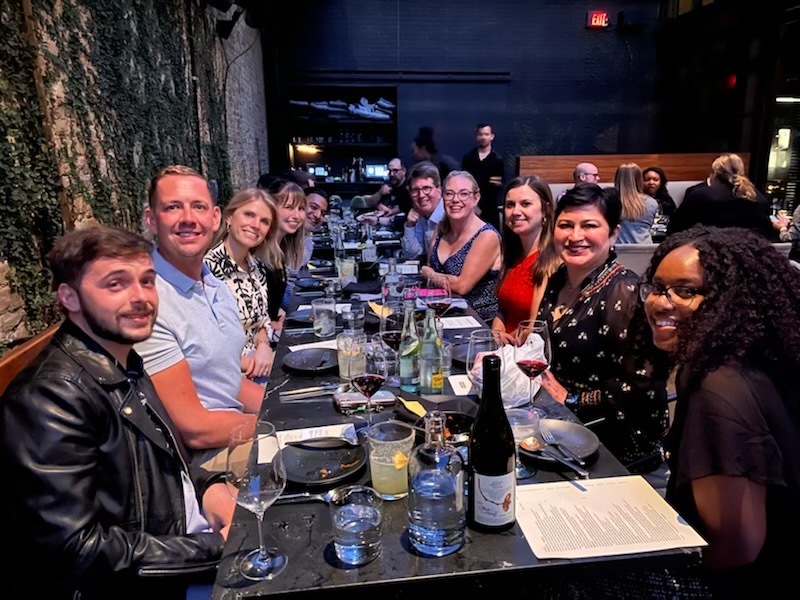At Quorum’s party at the Advocacy Conference, Mitchell Ferguson and his band ended the night with a rendition of “Country roads, take me home, to the place, I belong…”
Now that we’re all back home from Austin, it’s time to kick off our cowboy boots and decide what lessons from the Advocacy Conference we’re going to implement in our grassroots work.
Of everything I learned, these are the tips conference speakers shared that I’m most excited to share with Quorum users:
1. Use leaderboards to drive digital engagement from in-person engagements
Many organizations in attendance at the Advocacy Conference ramped up their advocacy efforts since 2020 as many industries were impacted by COVID-19 — and naturally, those actions were mostly taking place online. When you’re engaging online, it’s easy to turn an email into action, or a website visit into a newsletter subscriber — all it takes is a click or two. But when you go back to engaging in person, that task gets harder. You have to tell people to visit a website through conversation, collateral, and follow up and hope they follow through.
Wade Balkonis shared how one way that the Association for Equipment Manufacturers got advocates excited about participating in digital campaigns from an in-person event was by having leaderboards displayed in their conference showrooms. This drove advocates to want to catch up on the leaderboard and take action.
2. Develop audience personas for your advocates
Much like we map stakeholders and what they care about in the field of stakeholder engagement, the Public Affairs Council’s Amy Meli discussed how advocacy professionals should be doing the same for their grassroots networks. Use data at your disposal —whether collected from your advocate registration forms, provided from other departments in your organization, or from publicly accessible data like political contribution history — to report on what issues different segments are most interested in and what kind of content they engage with most. By tailoring your strategy, you can drive more action.
3. Consider new ways to collect data that will drive more participation (like Zoom polls!)
Audra Kruse of AHIP talked about how everyone’s sick of surveys, and so we need to think of new ways to collect information from folks.
Something her team has found effective is using Zoom polls during meetings and webinars that folks are already attending. Instead of trying to get folks to open another email or fill out another form, get them to engage with a setting that they are already showing up to.
4. Talk about your metrics — but don’t forget the stories
In his reporting, the American Counseling Association’s Brian Banks brings together both qualitative and quantitative results. Qualitatively, he highlights wins beyond just whether the bill passed or failed, but also how many legislators your relationships allowed you to meet with, the hearings and briefings you were invited to participate in, coalition members you engaged, and the stories of your Hill day. But at the end of the day, “Money will always matter” according to Banks. Show both gains and losses from bills and regulations your organization supported that passed or bills and regulations you opposed and were stopped.
5. A key data point to track: your team’s interactions with stakeholders
Darlene Rosenkoetter’s team at S&P Global logs their meetings with every stakeholder. Each logged meeting includes data, time, location, participants, notes, and plans for follow-up. They have team standards for how soon a meeting needs to be logged after the conversation happens.
With this data, they can then pull metrics on which team members held the most meetings with stakeholders, which party they met with the most, which regions were most represented in meetings, and total meetings by issue area.
A value add of this data is it’s in your team’s control — while you can’t always know exactly what level of influence your team had on final bill passage, you can track the inputs that you have control over.
Until Next Time
Now that we’re mostly back in person, Quorum is excited to get back in the events scene. Keep an eye out for more from us!

